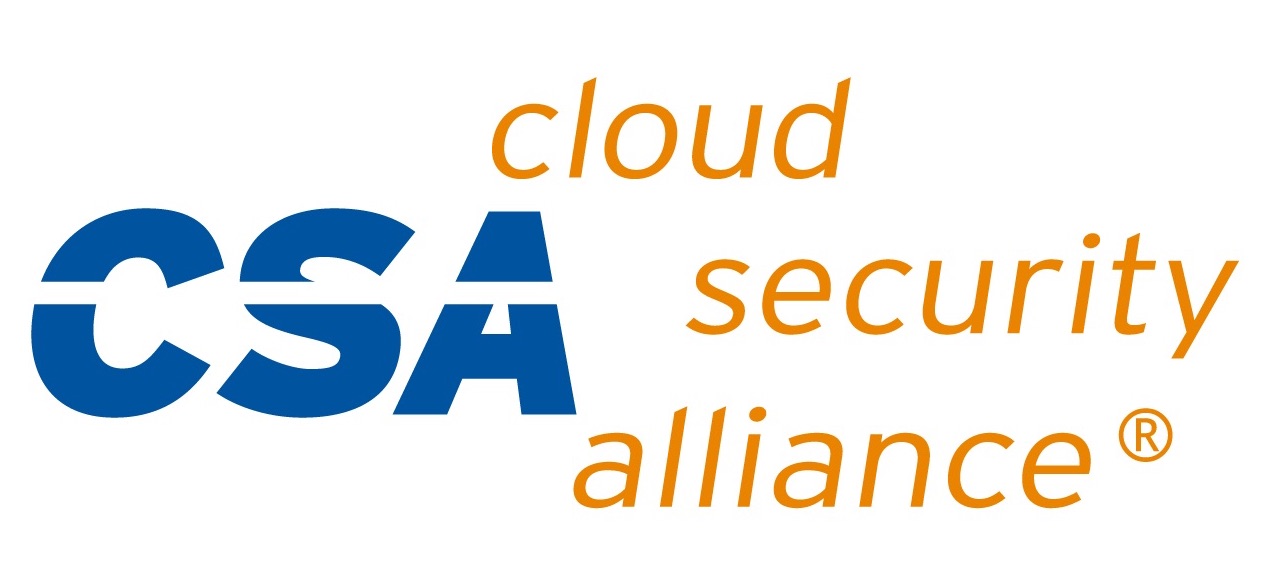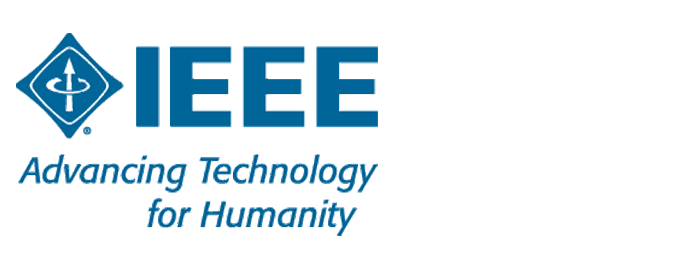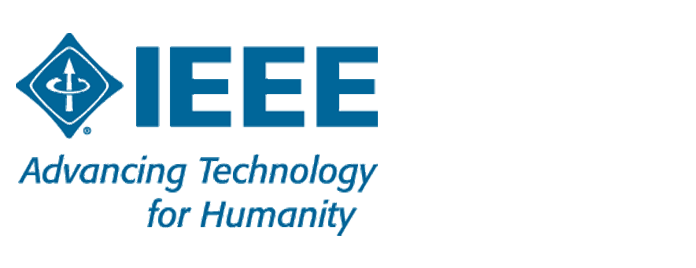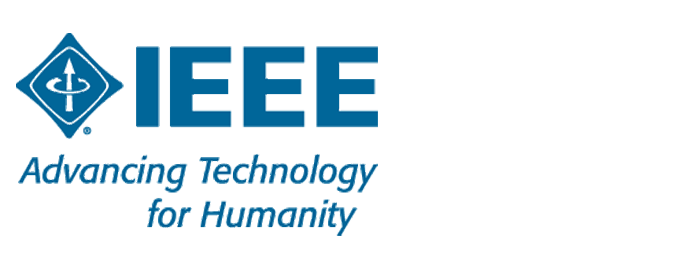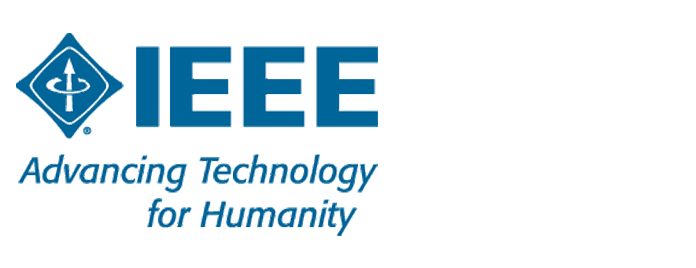OASIS Open Command and Control
The OpenC2 TC was chartered to draft documents, specifications, lexicons or other artifacts to fulfill the needs of cyber security command and control in a standardized manner. The Technical Committee will leverage pre-existing standards to the greatest extent practical, identifying gaps pertaining to the command and control of technologies that provide or support cyber defenses. The TC will base its initial efforts on artifacts generated by the OpenC2 Forum, a community of cyber-security stakeholders that was facilitated by the National Security Agency; the Forum has published a language description document (RC4), actuator profiles, and open source prototype implementations.
For more information on the OpenC2 TC, see the TC Charter.
OpenC2 TC standing rules can be found under Additional Information.







